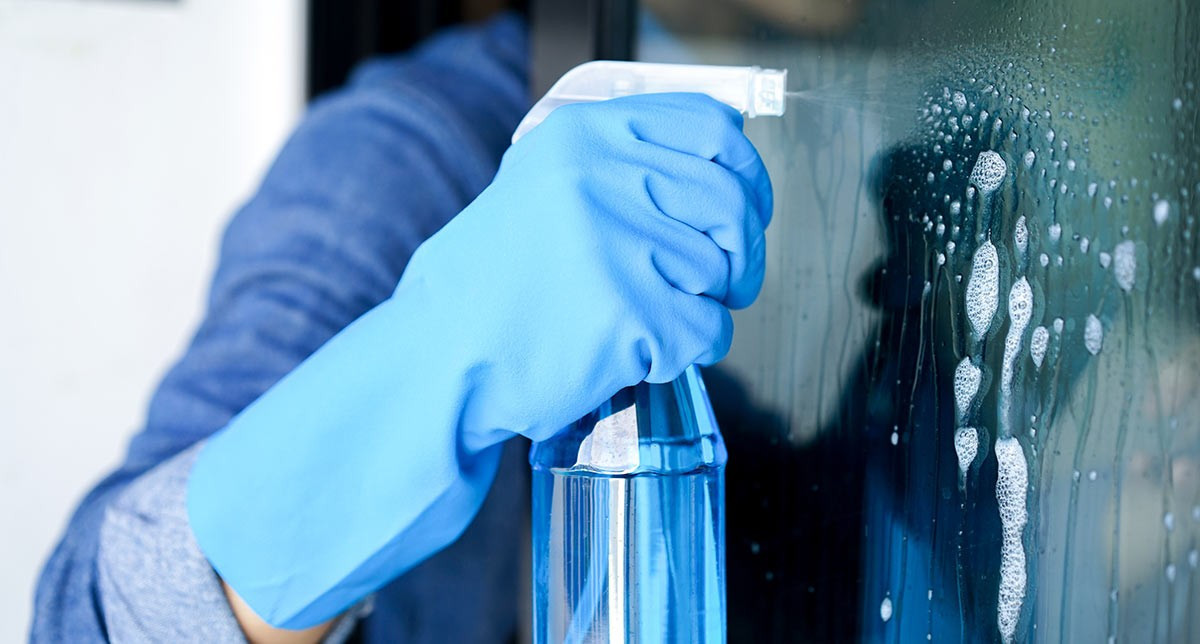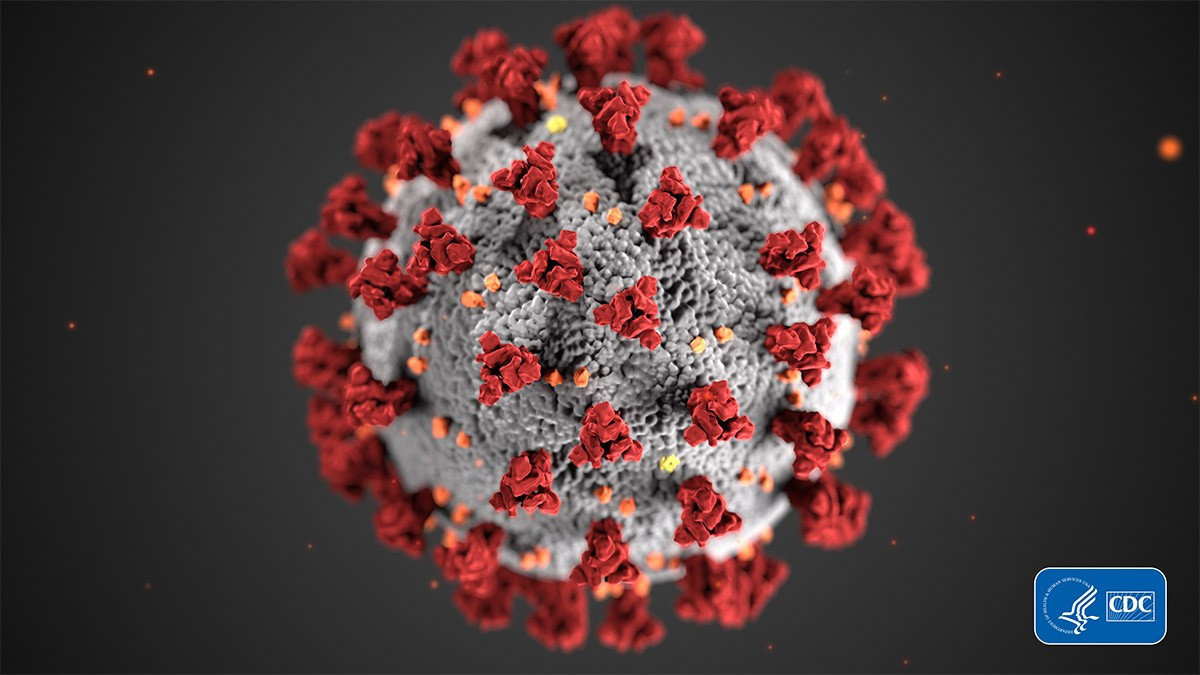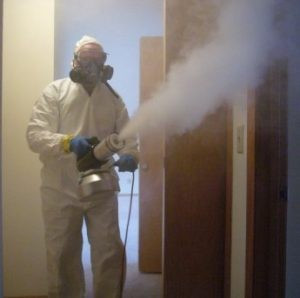professional disinfection & sanitation service
Cleaning, sanitizing, and disinfecting are very different things; Your home can look spotless, but can actually be teaming with bacteria and other harmful pathogens. Let's understand each:
Cleaning: free from foreign matter or pollution. Cleaning doesn’t get rid of germs, but it does reduce the overall number of germs by removing visible debris.
Sanitizing: a chemical process that lessens and/or kills 99.999% of bacteria in 30 seconds during the Official Detergent Sanitizer Test (a public health test). Sanitizing is used in bar and restaurant situations where areas must be treated quickly.
Disinfecting: kills ALL organisms in 10 minutes during the AOAC (Association of Analytical Communities) Use Dilution Test, (a test regulated by the EPA). Disinfecting requires a much stronger solution than sanitizing. Taking 10 minutes to disinfect a restaurant booth would not be efficient or practical, but in a hospital room where blood and other bodily fluids have been present, it is essential.
Sanitizing or disinfecting an area if it is visibly dirty is NOT possible. So, cleaning an area is always the first step. In order to effectively sanitize or disinfect an area, all dirt, dust, grease, food particles and other debris must be removed first. A good rule of thumb is: sanitize places where food has been, disinfect places where bodily fluids or organic body matter have been.
Effective disinfecting cannot be achieved with a spray bottle and a rag, wipe or sponge. Because with that process, pathogens can be smeared around and moved from one area to another. And cross-contamination is a concern in any "spray and wipe" job
Using EPA approved EPA disinfectant products eliminate all the harmful pathogens that are hiding in our living and working space.
Our team can eliminate infectious diseases on all objects and surfaces. We do this in businesses, homes and schools, public areas and outdoor venues. Contact us to discuss your needs and we will be happy to help.


